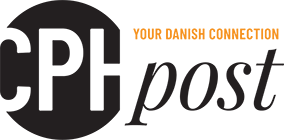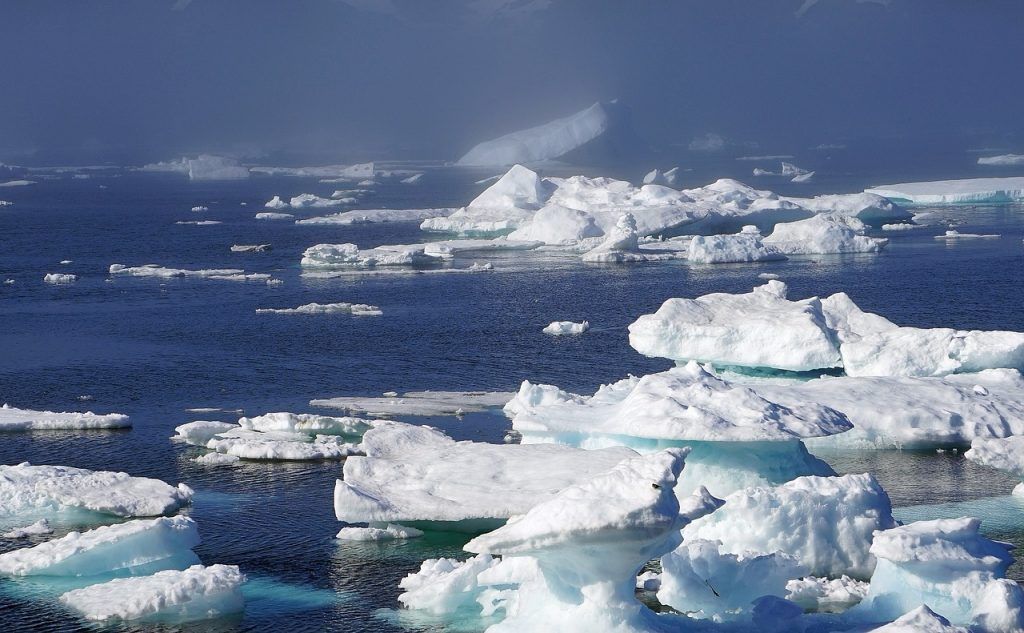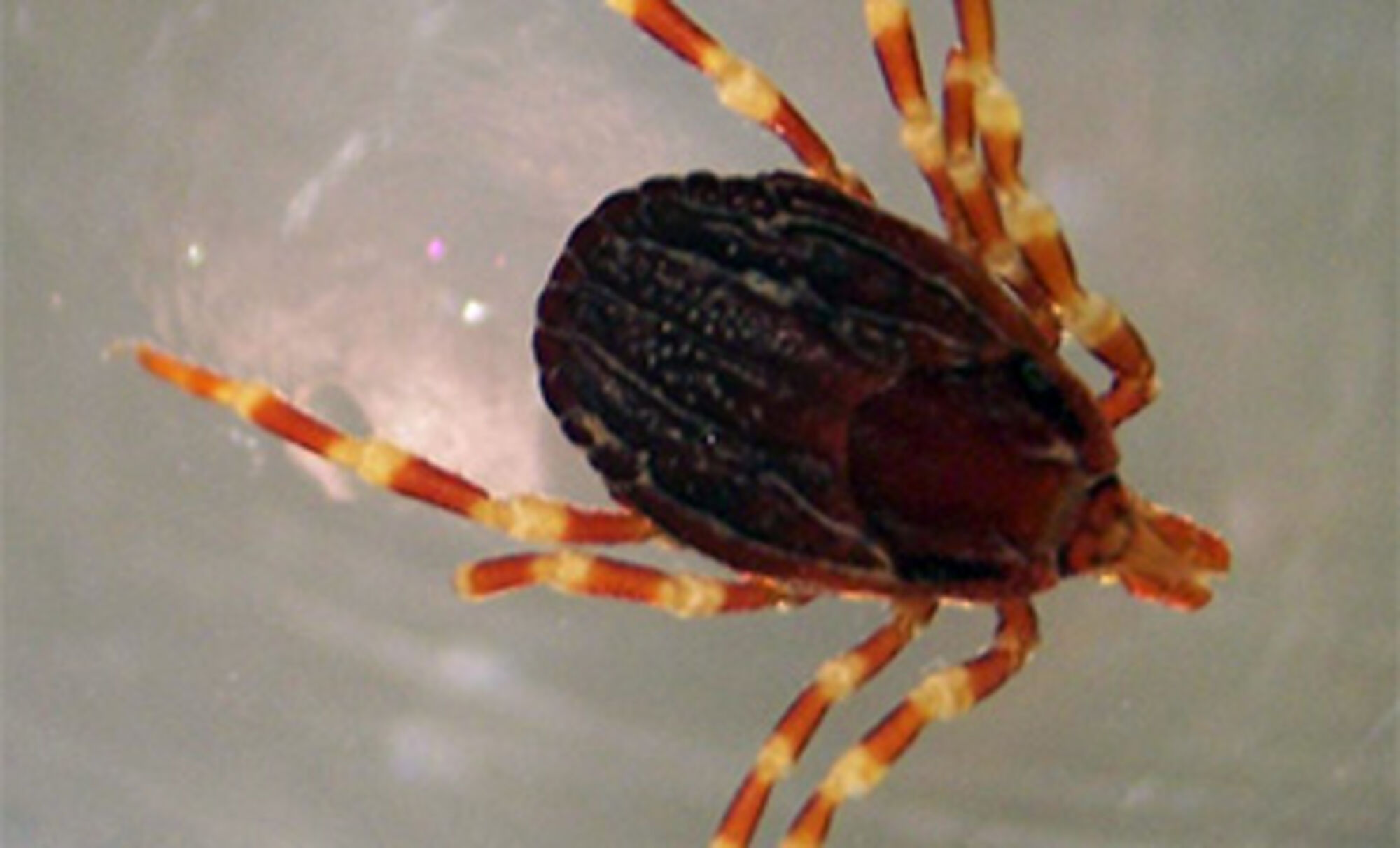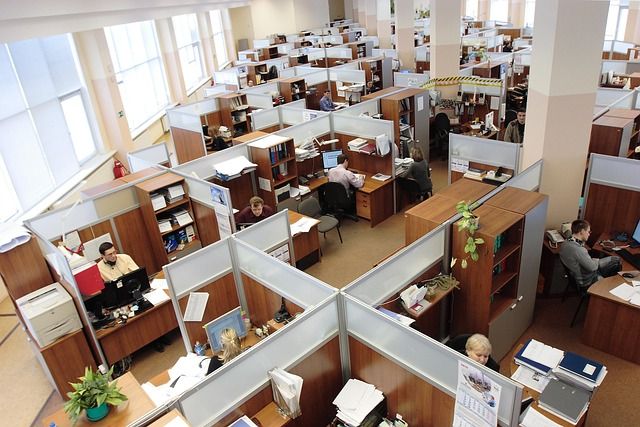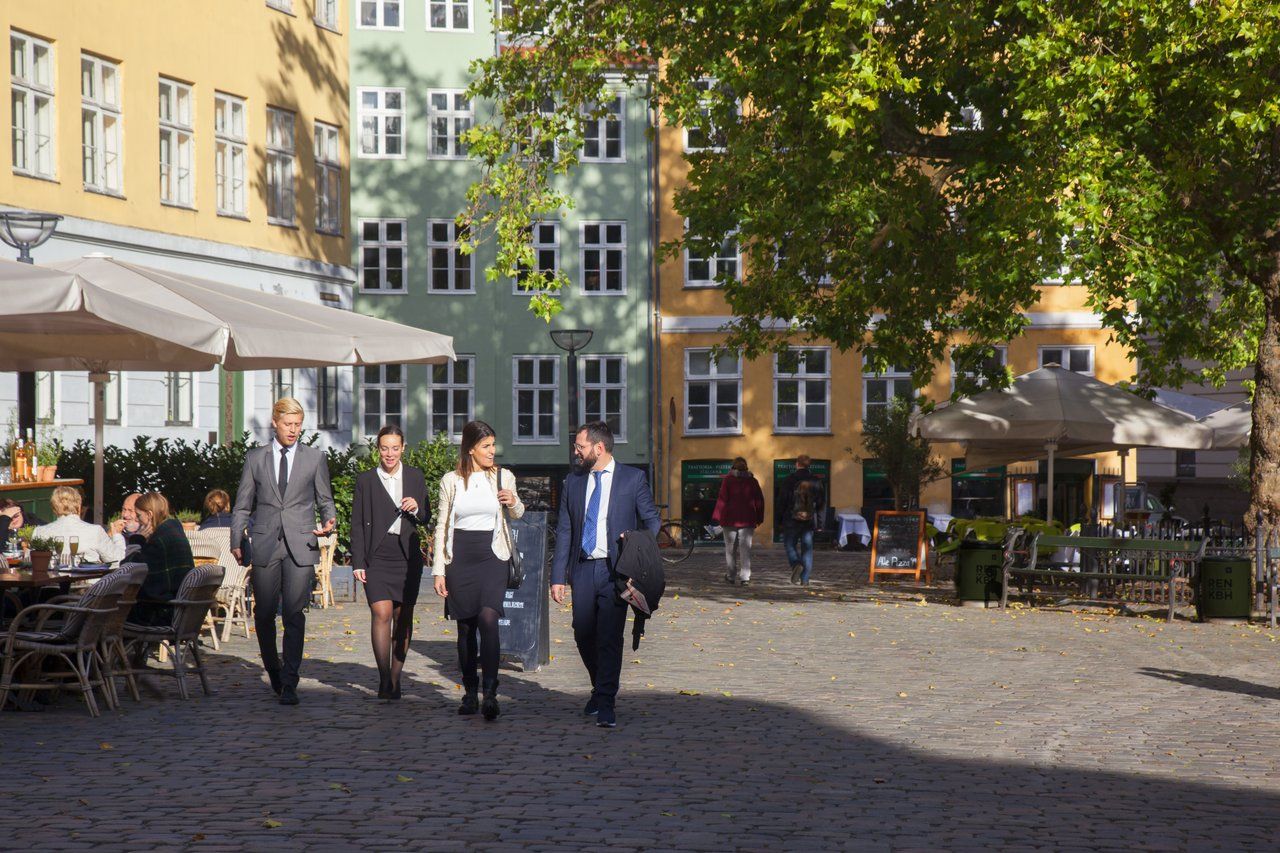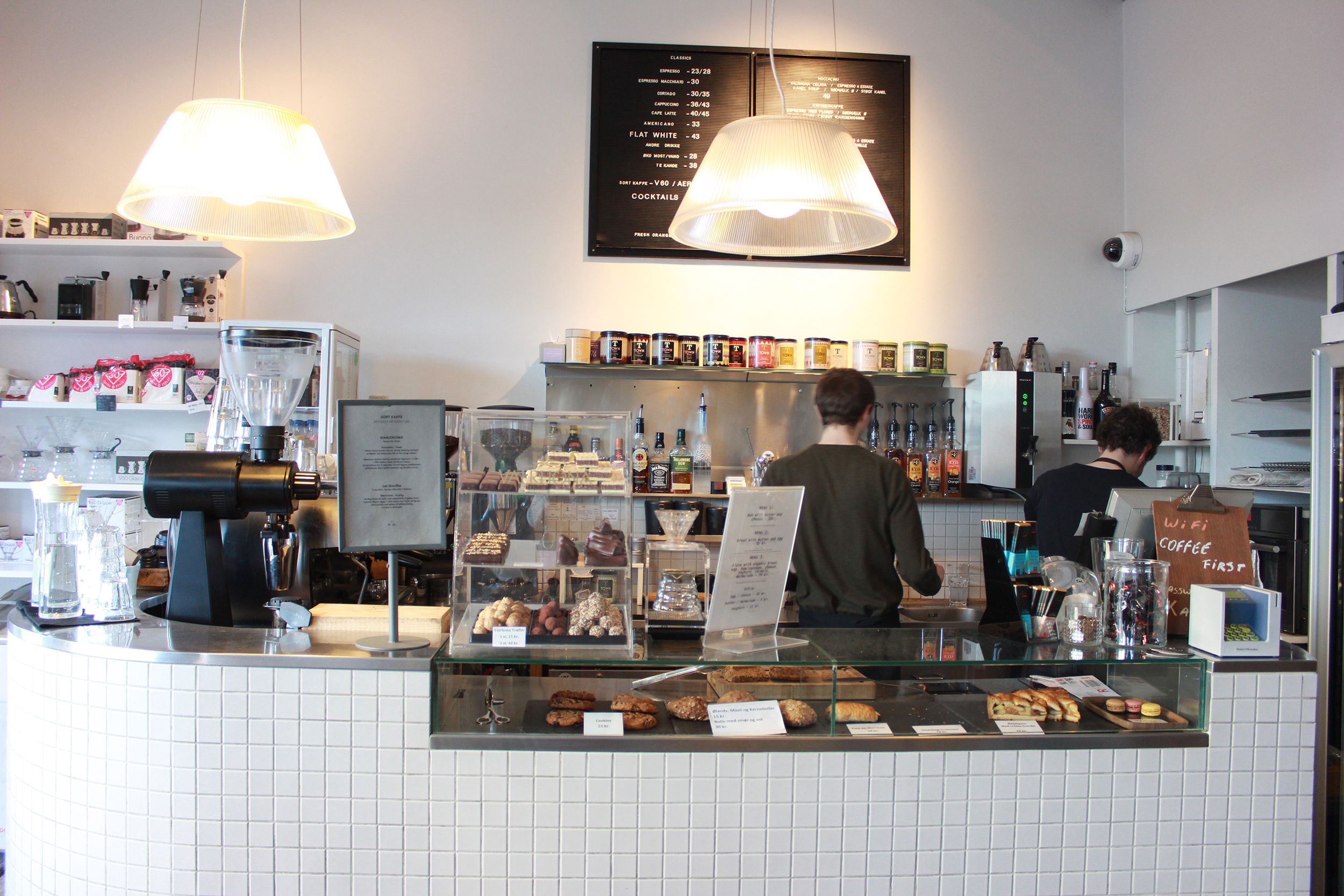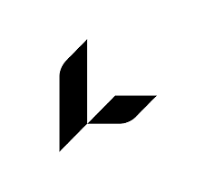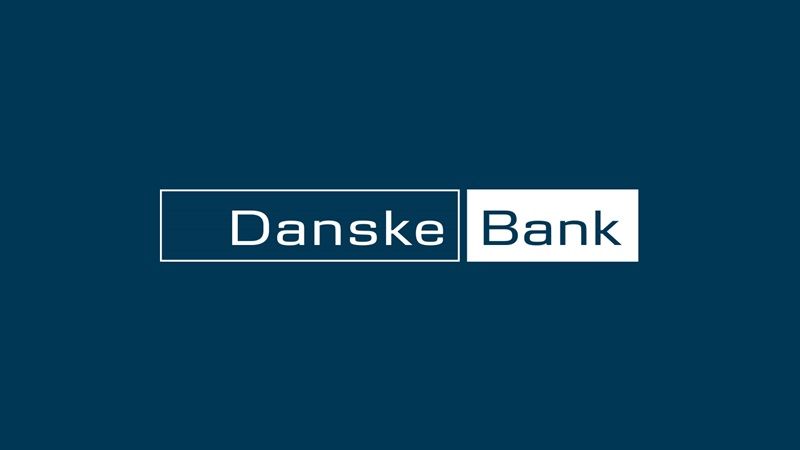What are palm trees doing in a Nørrebro neighbourhood? The tropical trees have appeared in this northern climate thanks to collaboration between the arts group Superflex, the architectural firm Bjarke Ingels Group (BIG), the German urban space design group Topotek1, and local residents to build a new public park, Superkilen. Superkilen officially opens on July 1, but city dwellers can already walk through it, play on its playground, and enjoy the colourful atmosphere of this new public space.
From the palm trees to a giant black octopus, Superkilen is not your everyday city park, as you might have guessed. This, however, is no surprise considering its creators.
Superflex became internationally acclaimed for art projects like Free Beer, an open source beer recipe, and Flooded McDonald’s, which indirectly questions corporate responsibility for climate change by flooding a perfect replica of a McDonald’s restaurant.
BIG has made its name with imaginative architectural projects that explore sustainable material use and social interaction design. Projects include the VM Bjerget, Mountain Building, a mountain-shaped, luxury apartment building in Amager, which has been awarded numerous architectural prizes, including the top award for housing design at the World Architectural Festival in 2008.
Topotek1, based in Berlin, specialises in the conceptual design of public urban areas.
Together they polled local residents of one of the most ethnically-diverse and socially-troubled parts of Copenhagen to create a design that sees Superkilen divided into three sections: the red square, the black market, and the green park. The three sections are furnished with specific objects nominated by the local residents, who are made up of over 50 different nationalities. Residents selected everyday objects remembered from their home countries like litter bins from England, a swing set from Iraq, neon signs from the USA, and a fountain from Morocco, to name a few. These items were either bought and brought to Denmark or recreated on a 1:1 scale. Residents also asked for increased greenery. On their website, Superflex describes the park as: “A sort of surrealist collection of global urban diversity that in fact reflects the true nature of the local neighbourhood – rather than perpetuating a petrified image of homogenous Denmark.”
 Each colour-coordinated section of the 750-metre long area has a specific focus. The red square, painted bright red, orange, and pink, has been designed as an extension of Nørrebrohallen, the sports hall at the beginning of the park on Nørrebrogade. Between Nørrebrogade and Mimersgade, the focus is on athletic recreation and an open-air public market, with benches from Brazil and Iran to sit on and chat with friends.
Each colour-coordinated section of the 750-metre long area has a specific focus. The red square, painted bright red, orange, and pink, has been designed as an extension of Nørrebrohallen, the sports hall at the beginning of the park on Nørrebrogade. Between Nørrebrogade and Mimersgade, the focus is on athletic recreation and an open-air public market, with benches from Brazil and Iran to sit on and chat with friends.
The black market, the centre of Superkilen, is a place for neighbours to meet at chess tables, barbecue grills, the octopus playground, and the palm trees, which came from China.
The ground shifts from red to black with white lines when you move into the central section of Superkilen. From the black market, park visitors go into the green park, which will be the final section to be completed. An entirely green area with rolling hills, trees, and plants, even the paved walk and bike area will be painted green. The green park, which ends at Tagensvej, is still brown, waiting for spring to be planted with the planned foliage.
You can wait until July for the official opening, or you can visit Superkilen now to see this radically colourful example of urban public space design. Walking through the red square and the black market, families and neighbours are already swinging on the swings from Iraq or sitting and talking on the benches from Iran and Brazil. When the park opens this summer, Superkilen will reflect the diversity of this Copenhagen neighbourhood. What at first appears to be a mismatch will in fact be the start of a discussion about the rapidly changing face of Danish public life.
Superkilen
Outer Nørrebro, Cph N; officially opens July 1
